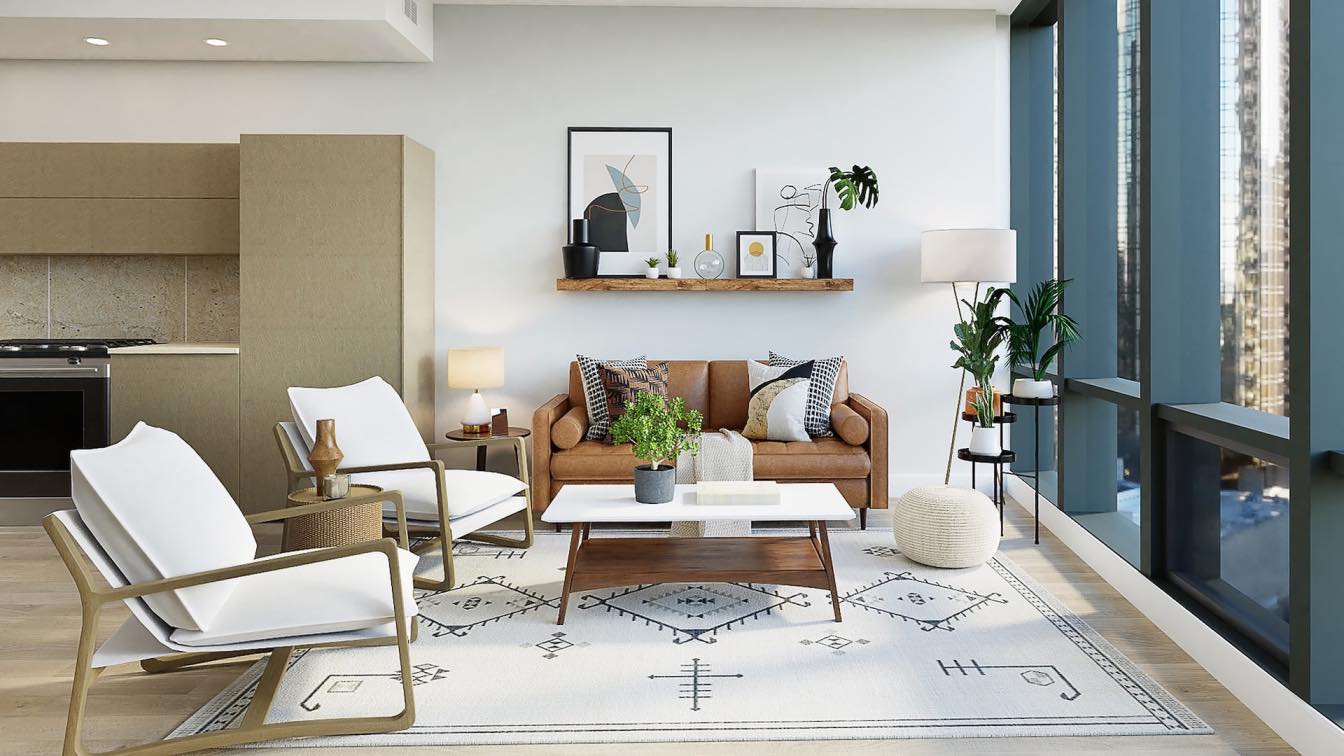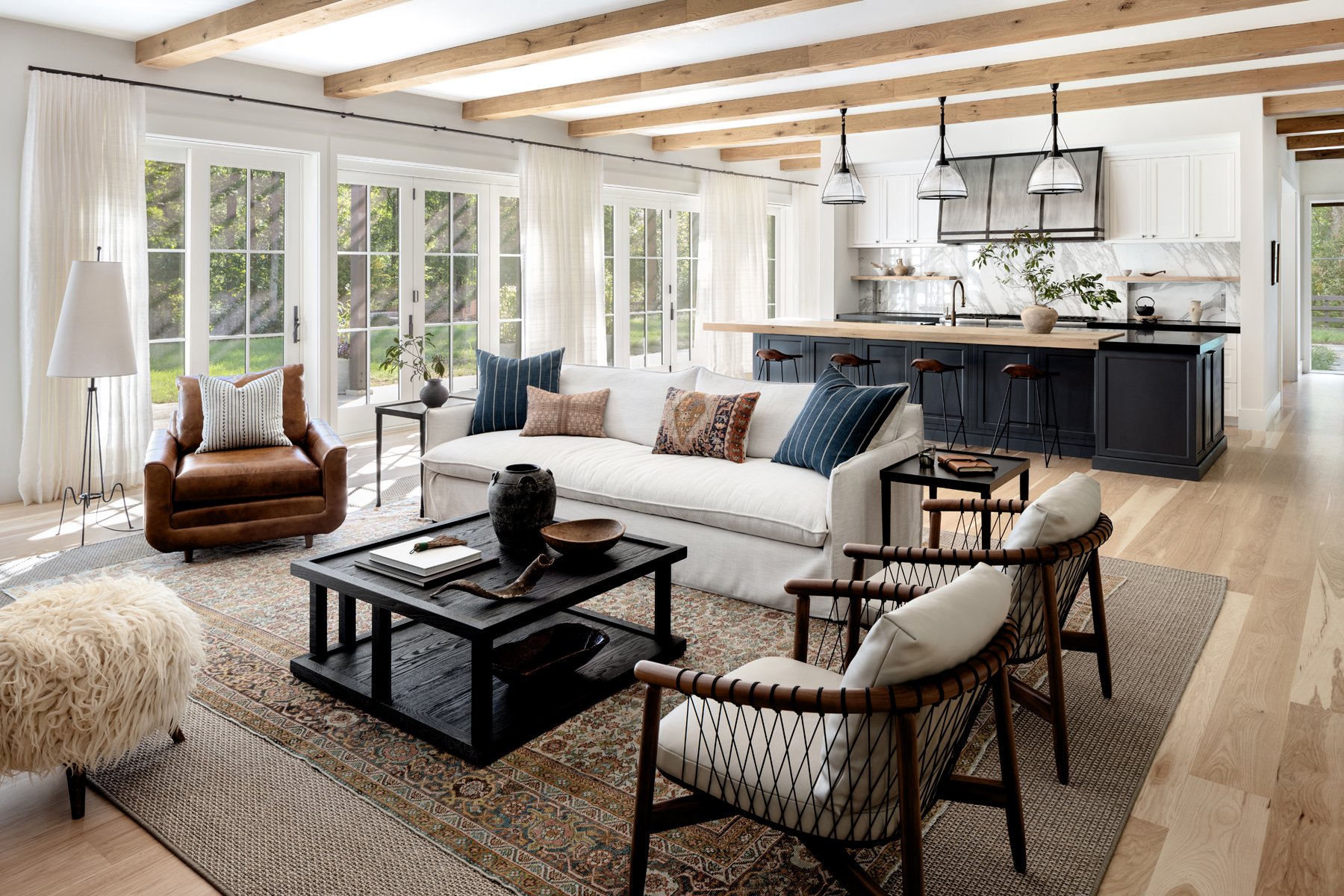Why Understanding the Concepts of Interior Decoration Is Important for Effective Room Planning
Understanding the principles of interior decoration is fundamental to efficient space planning, as it prepares for producing environments that balance capability with aesthetic allure. Vital elements such as equilibrium, flow, and percentage are not simply attractive considerations; they are critical in enhancing how an area is made use of. When these principles are attentively used, the result is an atmosphere that motivates both performance and well-being. Yet, several overlook exactly how these concepts link with useful applications, leading to missed possibilities in design efficacy. Exploring this connection exposes understandings that can transform any kind of space.
Significance of Room Preparation
Room planning is an essential element of interior decoration that substantially affects the capability and visual appeals of a room. It entails the critical arrangement of furnishings, components, and building elements to optimize the usage of readily available area while improving the general individual experience. Effective space planning addresses numerous aspects, including circulation, accessibility, and the details demands of the residents.
Among the primary advantages of room preparation is its capability to improve spatial performance. Interior architecture Miami. By attentively organizing a format, developers can make sure that every location serves a function, reducing mess and advertising a sense of order. Additionally, proper space preparation cultivates a harmonious atmosphere, enabling smooth activity and interaction within a room
Furthermore, effective room planning considers all-natural light, sightlines, and the relationship in between various areas. This alternative technique not just elevates the aesthetic allure but also adds to the health and productivity of the residents. Inevitably, a well-executed space plan is crucial in creating a balanced and welcoming ambience, making it essential for any type of interior decoration task.
Key Principles of Interior Decoration

One essential concept is balance, which can be in proportion, asymmetrical, or radial. Balanced balance develops a feeling of order, while asymmetrical balance provides an extra vibrant aesthetic appeal. One more vital principle is proportion and range, making certain that the size of furniture and decoration components relate sympathetically per other and the general room.
Shade concept additionally plays a significant function, influencing mood and perception. Developers use shade schemes to stimulate specific feelings and improve the spatial experience. Furthermore, the concept of rhythm entails creating a sense of movement with repeating of shapes, patterns, or shades, directing the eye throughout the area.
Finally, the concept of emphasis routes focus to centerpieces, enabling a clear story within the design. Interior design Miami. By adhering to these crucial principles, interior designers can create atmospheres that not only meet functional demands however additionally reverberate with the owners on a psychological degree
Effect On Functionality and Flow

The setup of furniture, the option of products, and the assimilation of technology all play important duties in achieving ideal functionality. Placing seating locations in proximity to workspaces can help with communication and collaboration, thus boosting efficiency. Additionally, ensuring that paths are clear and unblocked enables for efficient weblink activity, decreasing congestion and advertising a natural circulation throughout the space.
In addition, integrating components such as illumination and shade can even more aid in defining locations, making it much easier for individuals to browse their environment. Thoughtful room planning thinks about not only the physical elements of layout however also exactly how customers communicate with their environments. Ultimately, an emphasis on capability and flow not just boosts the individual experience yet also raises the total efficiency of the room, creating an atmosphere that fulfills the needs of its residents while fostering a sense of consistency and balance.
Enhancing Aesthetic Appeals and Mood
Three vital aspects-- lights, structure, and shade-- play pivotal functions in boosting the looks and mood of an interior space. Shade establishes the psychological tone; warm tones like oranges and reds stimulate energy and heat, while cooler tones such as blues and eco-friendlies advertise peace and serenity. Selecting an unified color combination can change an area, developing a cohesive and aesthetically appealing atmosphere.
Appearance adds depth and interest, adding to the tactile experience within a space. A mix of appearances-- smooth surfaces, luxurious textiles, and all-natural products-- can produce aesthetic intrigue and boost convenience. Pairing a soft velvet couch with a streamlined glass coffee table can create a balanced visual that welcomes interaction.
Lights, often a forgotten aspect, significantly influences mood. All-natural light fosters an open, airy atmosphere, while purposefully put synthetic lighting can create heat and emphasize architectural functions. Dimmer switches enable versatility, enabling modifications to fit various tasks or times of day.
Integrating these 3 aspects attentively not only boosts the visual allure of an area but additionally cultivates an atmosphere that reverberates with its intended function, ultimately improving the general experience for its occupants.
Practical Applications in Real Life
Using indoor style principles in actual life needs a thoughtful strategy that incorporates shade, texture, and lights into day-to-day rooms. By recognizing exactly how these components interact, individuals can develop atmospheres that are not just aesthetically enticing yet also functional and harmonious.
For circumstances, in a tiny living location, using a light shade scheme can make the space feel larger and much more open. Strategic use mirrors can boost all-natural light and create an illusion of depth. Incorporating different structures via fabrics, such as cushions and rugs, can add warmth and passion without overwhelming the detects.
Lights plays a critical role in defining the environment. Split lighting, consisting of ambient, job, and accent options, permits flexibility in state of mind settings. In an office, for instance, a combination of all-natural light, workdesk lights, and ornamental components can boost efficiency while maintaining a welcoming ambiance.
Additionally, comprehending spatial partnerships and furniture plan can lead to enhanced performance. By sticking to concepts such as equilibrium and percentage, one can make certain that rooms offer their intended purpose click this link while staying cosmetically pleasing. Overall, useful applications of interior layout concepts significantly enhance the livability and appeal of any environment.
Conclusion
In final thought, understanding the principles of interior decoration is vital for effective space planning, as it cultivates an equilibrium between capability and appearances. By using vital concepts such as proportion, shade concept, and circulation, designers can produce environments that improve both functionality and visual allure. Eventually, this knowledge adds to the advancement of rooms that not only fulfill functional needs yet likewise elevate the Click This Link general atmosphere, leading to even more satisfying and effective experiences for individuals.
Understanding the principles of indoor style is fundamental to efficient space preparation, as it lays the groundwork for producing environments that integrate performance with visual appeal.Room preparation is a basic element of indoor layout that significantly affects the capability and appearances of a room. Furthermore, appropriate space preparation cultivates an unified environment, permitting for seamless motion and interaction within a space.
In addition, the concept of rhythm includes producing a feeling of movement via rep of colors, shapes, or patterns, guiding the eye throughout the area.
In conclusion, recognizing the concepts of indoor style is critical for efficient space preparation, as it fosters a balance between performance and appearances.
Comments on “Creating Dreams: Just How Our Interior Design Studio Miami Can Assist You”